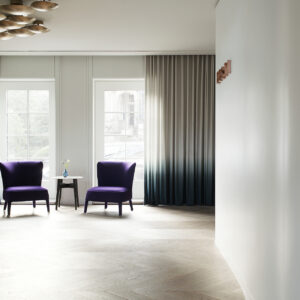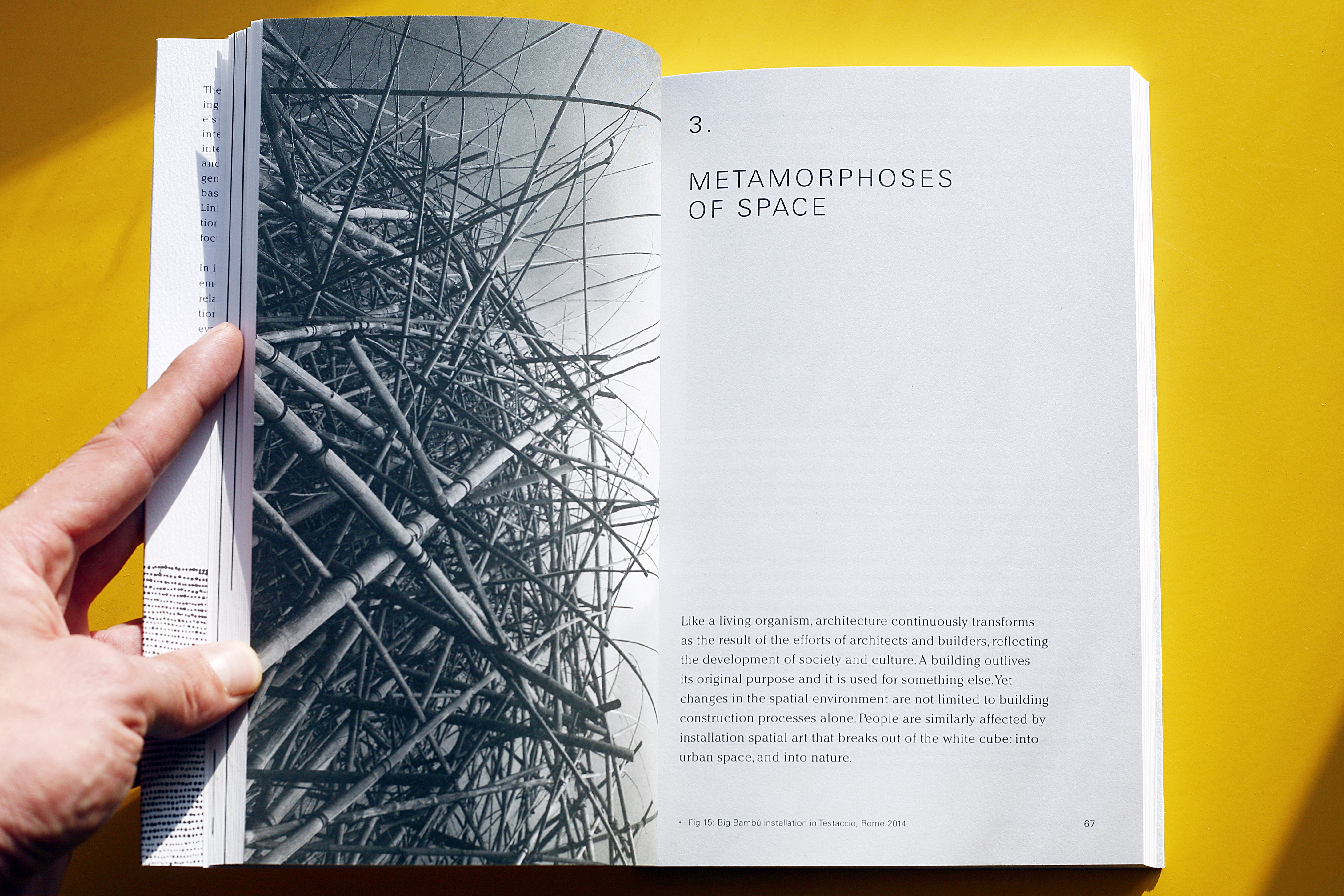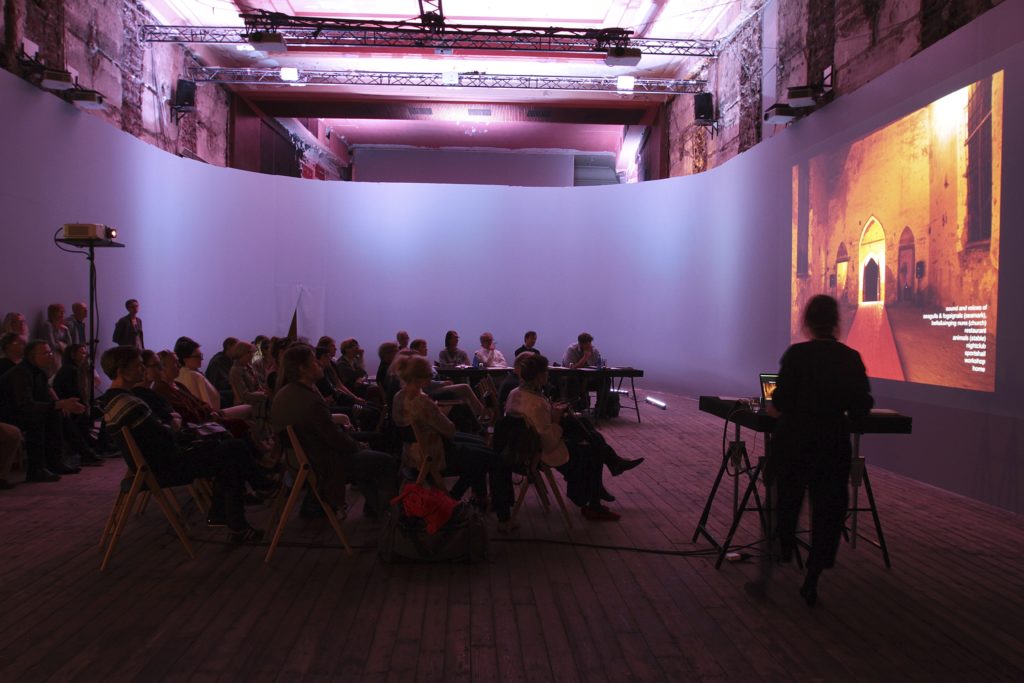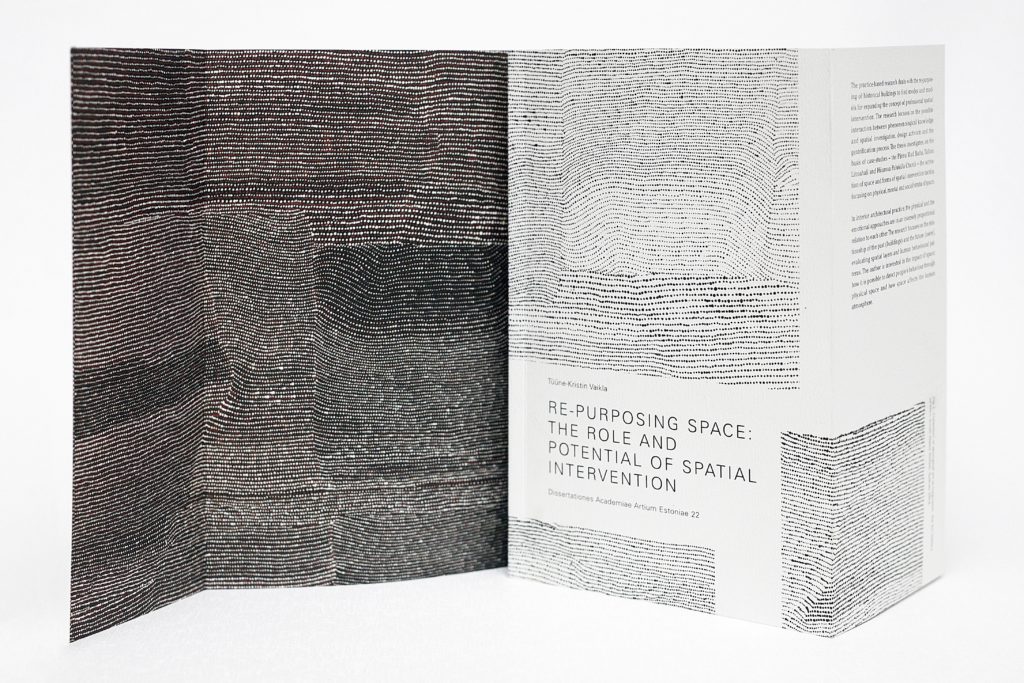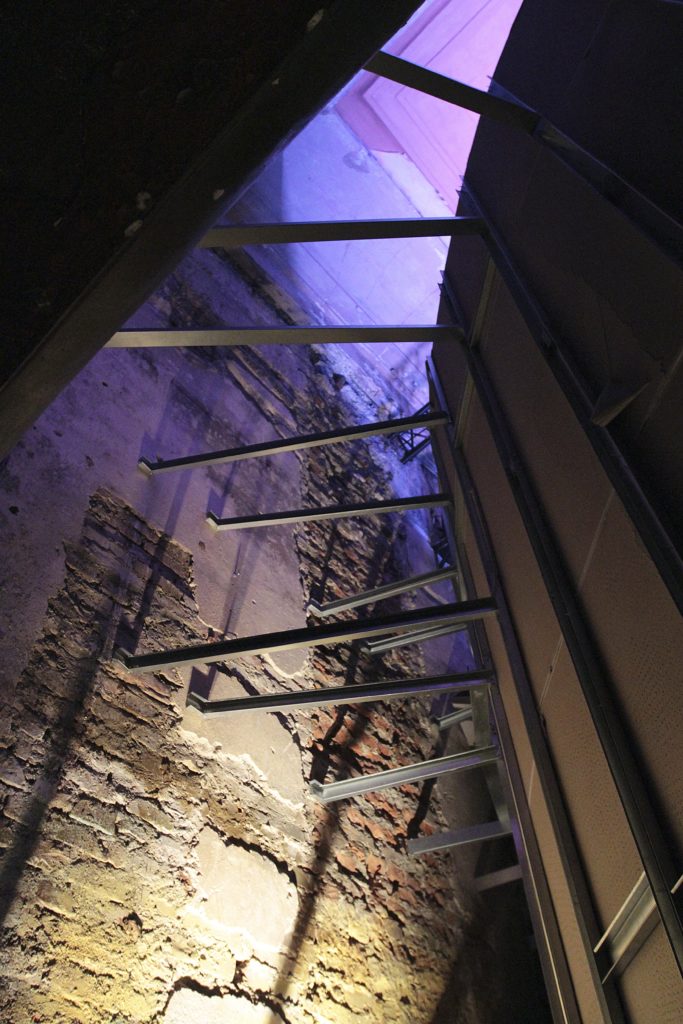Tüüne-Kristin Vaikla is a diehard intervention enthusiast. It’s clear that the functions of a building cannot remain the same forever and the newly conferred Doctor of Philosophy likes to dwell on the change of space and its functions in a phenomenological key. She mostly does it by artistic means such as the exhibition in Pärnu Mud Baths and about Tallinn City Hall at Venice Biennale or the artistic re-thinking of an entire building as it was undertaken at Paluküla Church in Hiiumaa. But in Pärnu, she eventually redesigned the mud baths as Hedon Spa. So, it’s worth reading.
Mart Kalm, Rector of the Estonian Academy of Arts
This is the first doctoral dissertation in Estonia on the subject of interior design. It drew praise from the opponent, Chalmers University of Technology professor Morten Lund, and the Academy of Arts defence committee. The topic of what to do with historical buildings that cannot be restored to their onetime function is a salient one. Analysing experience worldwide and personal experience, the researcher proposes specific sites and their potential. The gentrification problem needs both – theorization and illustration.
Krista Kodres, art historian, EKA professor
I HAVE BEEN INTERESTED IN CHANGES IN SPACE, and, even to a greater extent, intervention in space for the last 15 years. Bringing abandoned places back to life temporarily is an inspiring walk along the boundary of design and execution, to bring out the spatial relations that were hitherto concealed. The dissertation deals with re-purposing historical buildings in the desire to broaden and generalize the concept of professional spatial intervention. The research also studies phenomenological approaches to space, and the reciprocal influences of design activism and the gentrification process.
IN ESTONIA, interior architecture education and practice have traditionally focused on physical space. I took an interest in what the dynamics of theory and practice were like in the changing world of today. Over the course of my doctoral studies, I took part in the work of several universities. The possibility to deal with architectural space from different points of view inspired me to create exhibitions and test out approaches in abandoned buildings. I looked for ways to find the best possible modus operandi between the modern user and the historical building as an outcome of repurposing the building. This was accompanied by the question of what the important values are in an historical building and how they change over time. The contemporary spatial environment is constantly dealing with these, too. Working in a comprehensive construction process with physical space, the emotional sensibility is lost and vice versa – by focusing only on the intellectual, the space’s functional and practical needs can go unresolved.
BASED ON THE EXAMPLE OF CASE STUDIES (Pärnu Mud Baths, Tallinn Linnahall Concert Hall, Palu Church on Hiiumaa Island), artistic research discovers ways of activating spaces and examines physical, intellectual and social issues all at once. The point of departure for the doctoral dissertation is to create models for broadening the concept of professional spatial intervention in both an installative and performative manner. As an interior architect, I am interested in the effect of space on people and how people influence space; in other words, how physical space can be used to direct people’s behaviour and in what way people influence the atmosphere of a space. The dissertation focuses on seeking connections between the past (buildings) and the future (users), putting value on spatial stratifications and patterns of human behaviour.
The thesis aims at generating models for expanding the concept of professional spatial intervention both in an installation as well as performative mode. On the basis of case studies – Pärnu Mud Baths, Tallinn City Hall and Paluküla Church in Hiiumaa – the practice-based research investigates the possibilities for the activation of space and the forms of spatial intervention tactics, focussing not only on the physical space but also on the strata of mental and social spaces. The research follows the methods of phenomenological knowledge in order to rethink derelict buildings that are (sooner or later) revived as a result of gentrification in the urban renewal process.
In creating an interior architectural spatial project, the emotional and pragmatic approaches are inversely proportional. The thesis focusses on finding the relations between the past (buildings) and the future (users) by highlighting the spatial strata and human behavioural patterns. As an interior architect, I’m interested in the impact that a space has on people and vice versa, in other words, how people’s behaviour can be directed by means of a physical space and how people influence the atmosphere of the space.
Tüüne-Kristin Vaikla
Ruumipilt 2018









